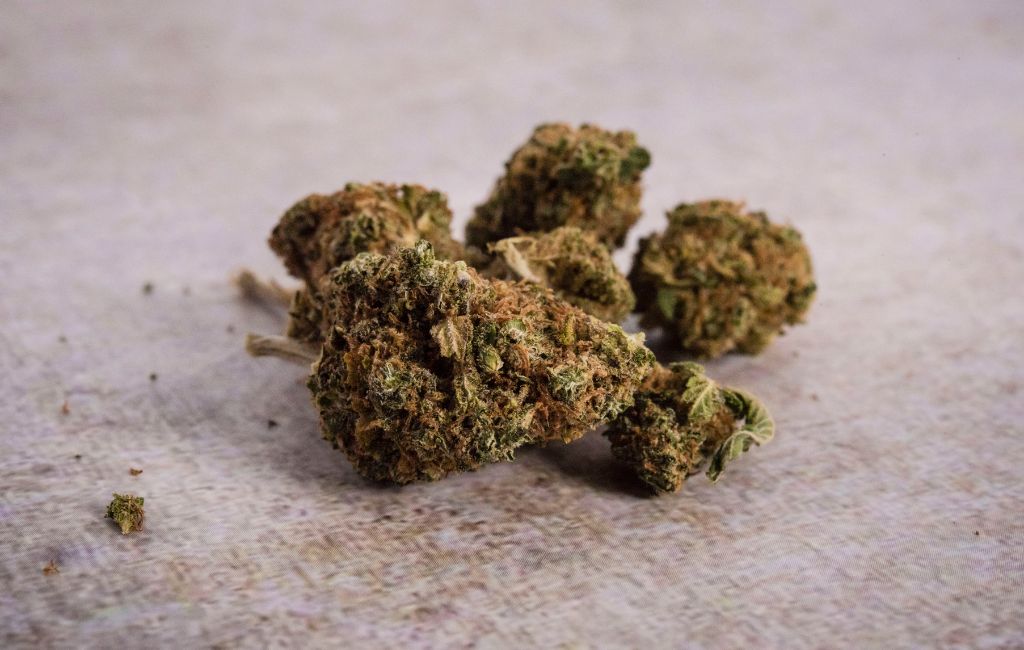
THCa Flower: A Natural Healing Revolution
In recent years, the cannabis industry has seen a surge in interest surrounding THCa flower. This non-psychoactive compound, found in raw cannabis, is gaining recognition for its potential therapeutic benefits. This article explores the science behind THCa, its benefits, and real-world applications.
Understanding THCa
THCa, or tetrahydrocannabinolic acid, is a cannabinoid found in raw and live cannabis plants. Unlike THC, THCa does not produce a high. When cannabis is heated through smoking, vaping, or cooking, THCa converts to THC, the psychoactive compound. This process is known as decarboxylation.
The Science Behind THCa
THCa is the precursor to THC. In its raw form, it interacts with the body’s endocannabinoid system differently than THC. Research suggests that THCa may have anti-inflammatory, neuroprotective, and anti-emetic properties. These potential benefits make it a subject of interest for medical research.
Potential Health Benefits
THCa is being studied for a variety of health benefits. Here are some of the most promising areas:
- Anti-inflammatory Properties: THCa may help reduce inflammation, making it a potential treatment for conditions like arthritis and lupus.
- Neuroprotective Effects: Early studies indicate that THCa could protect brain cells, which may be beneficial for neurodegenerative diseases such as Alzheimer’s and Parkinson’s.
- Anti-emetic Benefits: THCa has shown promise in reducing nausea and vomiting, which could be helpful for patients undergoing chemotherapy.
Case Studies and Research
Several studies have highlighted the potential of THCa:
- A 2013 study published in the British Journal of Pharmacology found that THCa reduced inflammation in animal models.
- Research from the University of Guelph in Canada suggested that THCa might have neuroprotective properties, potentially slowing the progression of neurodegenerative diseases.
- Anecdotal evidence from patients using THCa-rich cannabis for nausea relief has been overwhelmingly positive, prompting further clinical trials.
Real-World Applications
THCa is being incorporated into various products and treatments. Here are some examples:
- Raw Cannabis Juicing: Consuming raw cannabis juice is one way to intake THCa without the psychoactive effects of THC.
- Topical Applications: THCa-infused creams and balms are being used for localized pain and inflammation relief.
- Edibles and Tinctures: These products allow for controlled dosing of THCa, making it easier for patients to manage their symptoms.
Patient Testimonials
Many patients have reported significant improvements in their conditions after using THCa products. For instance, a patient with rheumatoid arthritis noted a substantial reduction in joint pain and swelling after incorporating THCa into their regimen. Another patient undergoing chemotherapy found that THCa helped manage their nausea, allowing them to maintain a better quality of life during treatment.
Legal and Regulatory Landscape
The legal status of THCa varies by region. In some areas, THCa is legal as long as it is derived from hemp and contains less than 0.3% THC. Other regions have more stringent regulations. It’s important for consumers to be aware of their local laws before purchasing or using THCa products.
Future Prospects
The future of THCa looks promising. As research continues to uncover its potential benefits, more products and treatments are likely to emerge. The growing acceptance of cannabis as a legitimate medical treatment will also play a role in the increased availability and use of THCa.
Conclusion
THCa flower represents a significant advancement in natural healing. With its potential anti-inflammatory, neuroprotective, and anti-emetic properties, it offers a promising alternative for those seeking relief from various conditions. As research progresses and more people share their positive experiences, THCa is poised to become a staple in the world of natural medicine.